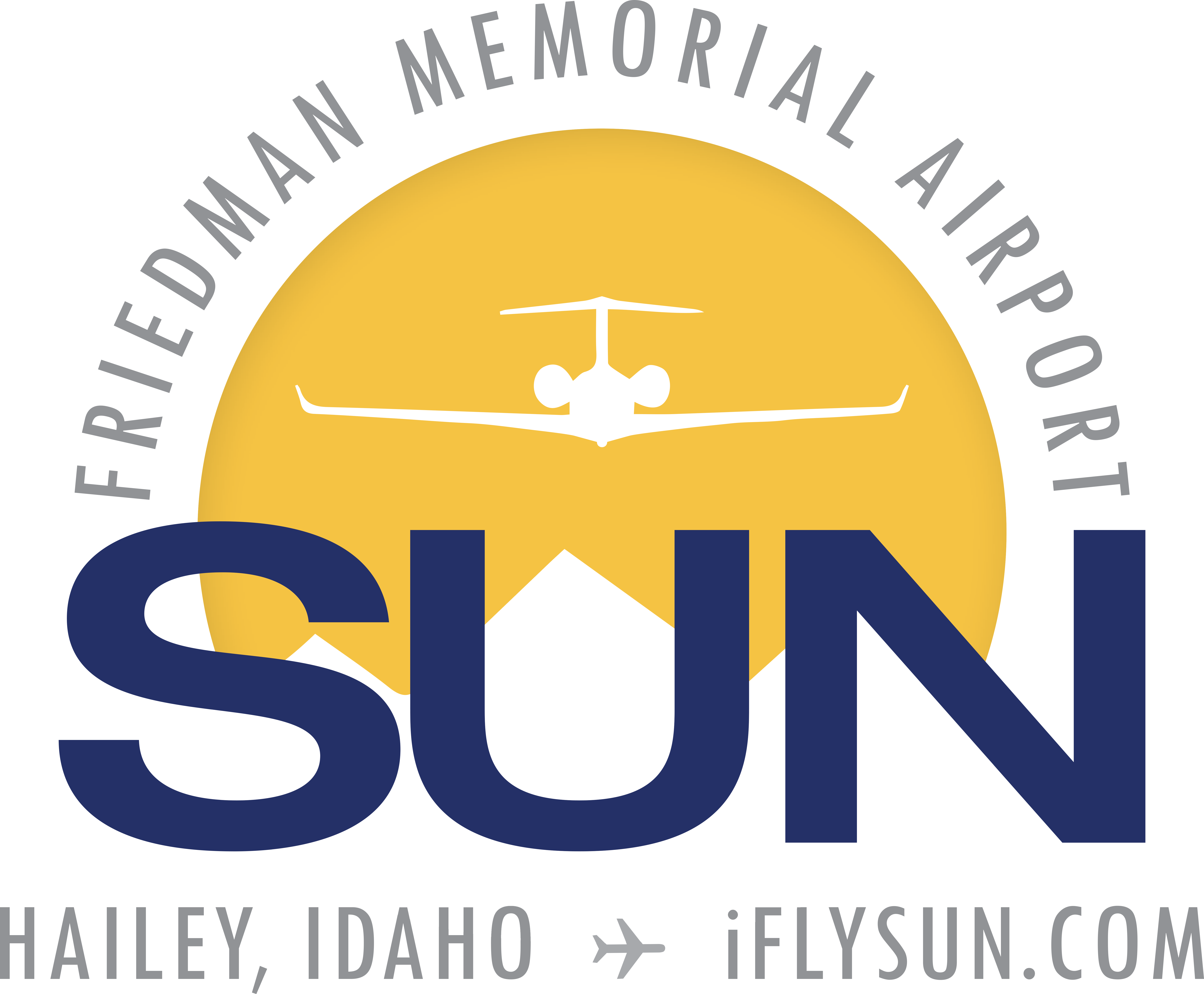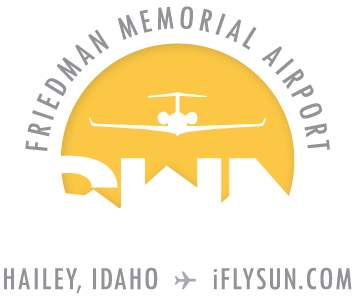
Often some of the most valued workers at the airport are ones less thought of. We think about ticket agents, bag/security handlers, flight attendants, and pilots when conjuring up images of our local airport staff.
In honor of Labor Day, we look at a few out-of-sight-out-of-mind workers and their importance to the airline industry.
Aviation Maintenance Technicians – or AMTs
These mechanics are highly trained technicians that maintain, repair, troubleshoot, and inspect aircraft. They are the most critical component in keeping the aircraft operating safely. With today’s aircraft equipped with computers and electronic devices, additional training is necessary. All AMTs are required to obtain an Airframe and Powerplant license. ATMs often find opportunities with airlines, overhaul facilities, manufacturers, and small charter services.
- The first technicians to be licensed occurred in 1909. The first airline mechanic standards were implemented in 1919.
- In 1925 air service manuals were being developed after the Air Commerce Act of 1925.
Air Traffic Control Specialist
These critical folks direct aircraft on the ground and through controlled airspace, and provide advisory services to aircraft in on-controlled airspace. Their primary purpose is to prevent collisions, organize and expedite the flow of air traffic, and provide information and other support for pilots. They direct 2.7 million passengers daily from taxi to takeoff and back again.
- In 1920, Corydon Airport, London, was the first airport in the world to introduce air traffic control.
- The first attempt to develop air traffic control rules occurred in 1922 under the International Commission on Air Navigation (ICAN). The first air traffic controller, Archie League of St. Louis, Mo., began working in 1929.
Aircraft marshaller
Marshalling is one-on-one visual communication and part of aircraft ground handling. It is used as an alternative/in addition to, radio communications between the aircraft and air traffic control. They will signal the pilots to keep turning, slow down, stop, and shut down engines, leading the plane to its parking position or runway. Courses about human factors (to learn the limitations of the human body), plane types, and a marshalling training program based on the International Civil Aviation Organization standard are required. These workers often have a military background.
Do you know what these signals mean? To test your knowledge visit Quiz: Do You Know These 7 Aircraft Marshaller Signals? Images courtesy of www.Boldmethod.com.
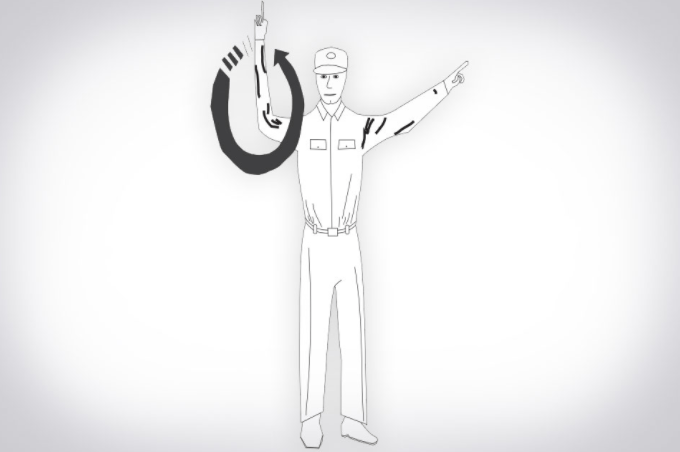
START YOUR ENGINES
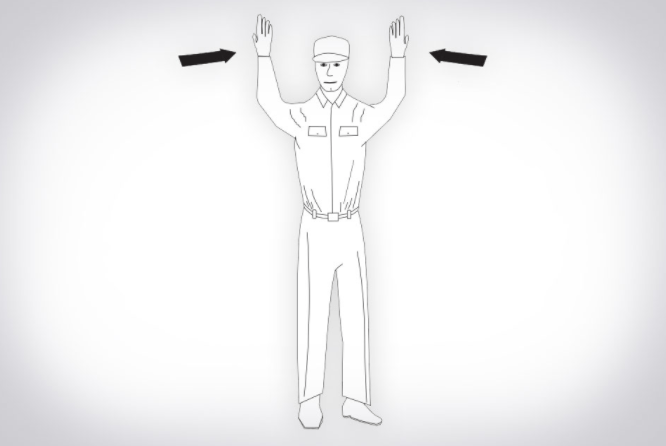
PROCEED STRAIGHT AHEAD
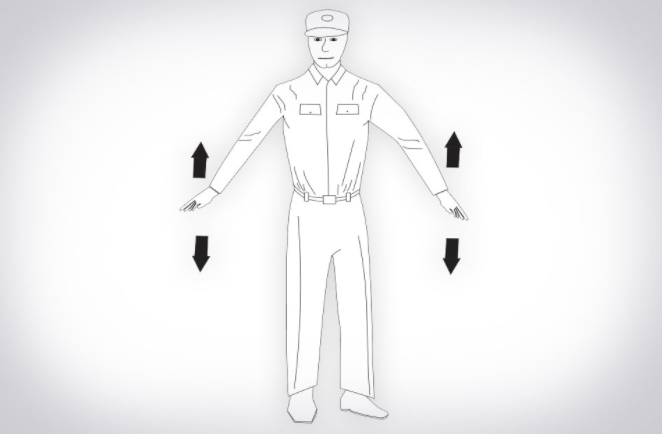
SLOW DOWN
